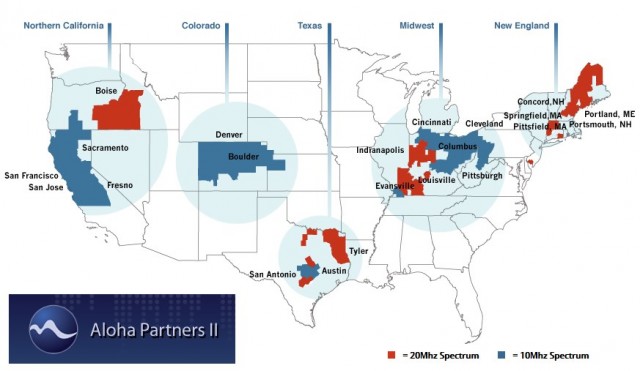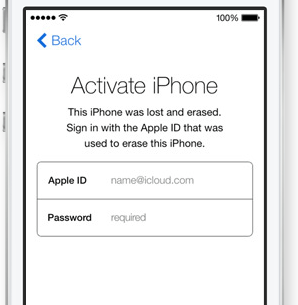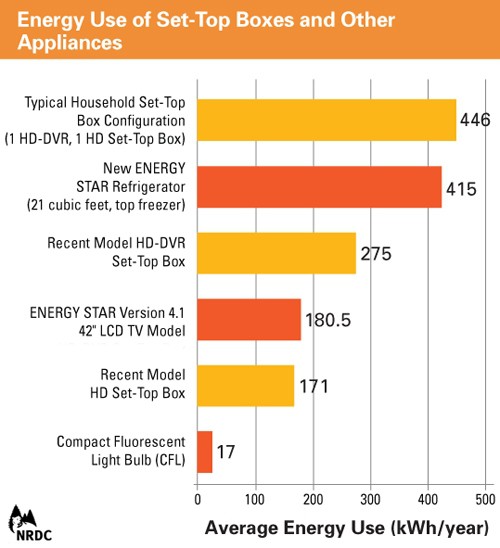
A new promotion from AT&T that matches T-Mobile’s offer to pay any early termination fees incurred from switching carriers has backfired, to T-Mobile’s amusement.
In full-page newspaper ads appearing this week, T-Mobile says AT&T just made switching to T-Mobile risk-free, because if customers don’t like T-Mobile’s service, AT&T will foot the bill to switch them back:
T-Mobile recently announced they would pay early termination fees if customers broke up with AT&T and traded in their device for a new one at T-Mobile.
Now AT&T has made that offer essentially risk free. Because if anyone isn’t happy with T-Mobile, AT&T will pay to switch them back. Who says AT&T doesn’t have heart.
The bad news for AT&T though, is once people switch to T-Mobile and experience the fastest nationwide 4G LTE network in the country, lower service costs and fewer restrictions, they won’t switch back. But let’s not think about that. Let’s just thank AT&T for being so darned nice.
Not satisfied with that missile shot across AT&T’s bow, T-Mobile also issued a press release titled “Americans Everywhere Celebrating As AT&T Dismantles Death Star,” that includes fabricated quotes from AT&T’s executives:
BELLEVUE, WA — Jan. 28, 2014 —T-Mobile US, Inc. (NYSE: TMUS) today announced that pretty much everyone at the company is overcome with emotion and still kind of processing the decision by now-ex-rival AT&T to leave the dark side, step into the light, and join hands in supporting the Un-carrier consumer revolution.
“Call it an awakening,” said Ralph de la Vega, president and CEO of AT&T Mobility, “but I felt it was time to really stir things up and put the customer first for a change. And by “customer” I’m referring to our former customers who switch to T-Mobile, because our current customers don’t really qualify.” De la Vega said that the new T-Mobile switching offer was custom designed to entice its millions of contract customers to go ahead and give T-Mobile a try. “If for any reason you don’t love T-Mobile’s 4G LTE network, which is now faster than ours[i], we’ll actually pay you up to $450 to come back to AT&T, I kid you not.”
Ok, De La Vega didn’t actually say that, but he might as well have. Thanks to AT&T’s apparent change-of-heart and incredibly generous $450 T-Mobile customer buy-back campaign, insane numbers of its very own customers and even families of AT&T employees are enjoying a risk-free, zero-cost opportunity to switch to the Un-carrier. If customers making the switch are not completely satisfied with T-Mobile and its state-of-the-art nationwide 4G LTE network (now fastest in the U.S.), AT&T will cover the costs for customers switching back to their own slower network, up to $450 with trade-in. Details of the new AT&T offer can be found at att.com/att/switcherpromo.
“Wow. I mean … wow,” breathed John Legere, president and CEO of T-Mobile. “I guess we all have moments of doubt. You know? Like, can the darkness ever be defeated? But that they’ve singled us out in this way is just so affirming. I guess we must be doing something right. I mean, if AT&T can change, it feels like anything’s possible.
“It’s kind of like that scene where Darth Vader’s lying there and Luke helps take off his helmet,” Legere continued, “and you see that, okay, sure, Darth Vader’s pretty ugly, but he’s human after all.” [….]


 Subscribe
Subscribe AT&T is offering T-Mobile customers — and only T-Mobile customers — up to $450 to switch their wireless service to AT&T, but is the switch actually worth it? A close inspection of AT&T’s fine print suggests some customers might want to think twice.
AT&T is offering T-Mobile customers — and only T-Mobile customers — up to $450 to switch their wireless service to AT&T, but is the switch actually worth it? A close inspection of AT&T’s fine print suggests some customers might want to think twice.

 Financial terms were not disclosed.
Financial terms were not disclosed.

 Two years after energy conservation groups revealed many television set-top boxes use almost as much electricity as a typical refrigerator, a voluntary agreement has been reached to cut the energy use of the devices 10-45 percent by 2017.
Two years after energy conservation groups revealed many television set-top boxes use almost as much electricity as a typical refrigerator, a voluntary agreement has been reached to cut the energy use of the devices 10-45 percent by 2017.
